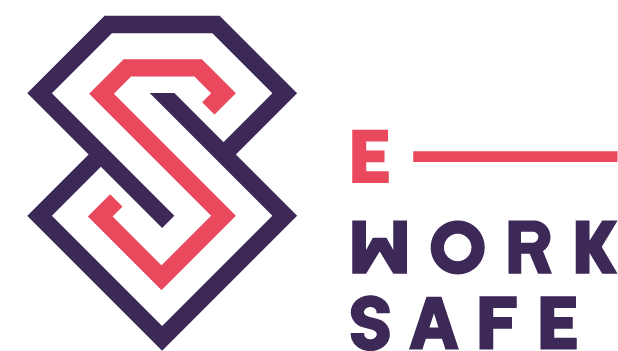Welcome to the inaugural post of the e-Blog.
Let’s start with a bold statement…
Electrical safety should be easy to achieve.
There are many factors that contribute to achieving workplace electrical safety, such as employee training, proper supervision, correct tools and equipment and appropriate PPE. However, even when all these factors are in place, electrical incidents still occur, and workers are injured or killed.
The Electrical Safety Foundation International (EFSI) reports that there were 126 fatal electrical injuries and 2,220 non-fatal lost-time injuries in the US in 2021. Sadly, many of those incidents could have been prevented.
In fact, research has shown what needs to be done to ensure electrical tasks are performed safely. Studies indicate that the key to is to ensure electrical safety tasks are performed according to workplace electrical safety practices. According to a 1-year study by the Electrical Safety Authority (ESA) and the Ontario Ministry of Labour, 100% of fatalities and 93% of critical injuries could have been prevented if proper procedures had been followed (in this case CSA Standard Z462).
Electrical safety is a complicated and technical topic covered by Workplace Electrical Safety Standards CSA Z462 in Canada and NFPA 70E in the US. Both CSA Z462 and NFPA 70E are comprehensive documents containing definitions, diagrams, tables, flowcharts and decision trees all needed to calculate and communicate safe working conditions to avoid shock and arc flash hazards. These standards prescribe critical information for job safety such as working distance, arc flash boundary and appropriate PPE. However, Z462 and 70E are both are hundreds of pages in length and updated every 3 years. Is it realistic to expect workers to remember every procedure?
And while arc flash labels communicate some information, they are not sufficient to protect against all hazards. If we are to learn from the research, then some changes could be made to how electrical maintenance tasks are executed. Perhaps it’s management process that needs to change – like requiring technicians to create a Job Safety Plan (JSP) before performing any task. Another improvement could be abandoning manual, paper-based systems and adopting state-of-the-art applications that ensure that JSPs are created according to the workplace standards.
These changes are relatively easy to accomplish and with discipline and attention, the results will pay off in a safer workplace.
For more information on how e-WorkSAFE can improve your workplace electrical safety and compliance measures please visit at eworksafe.ca.
